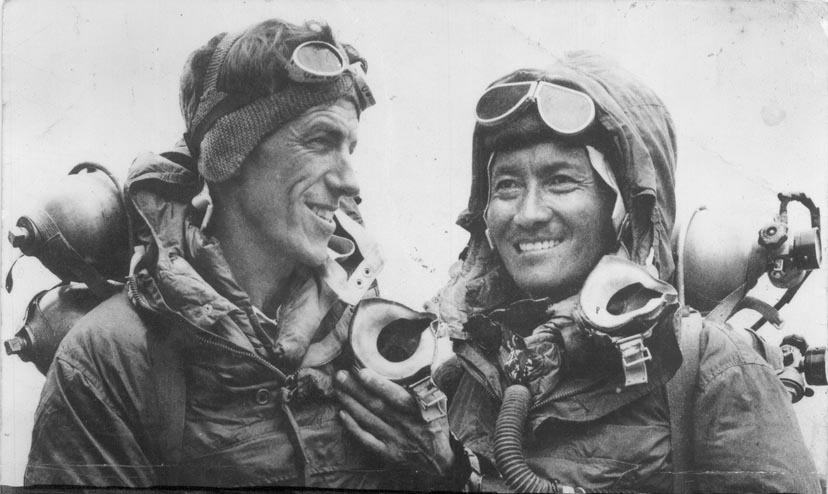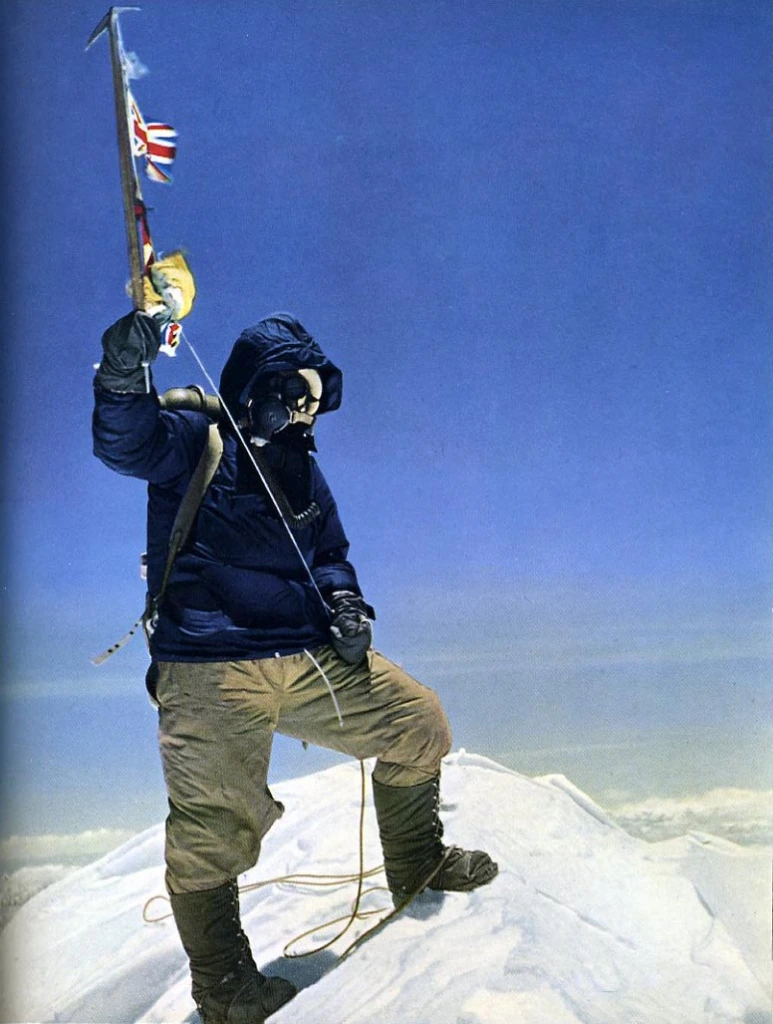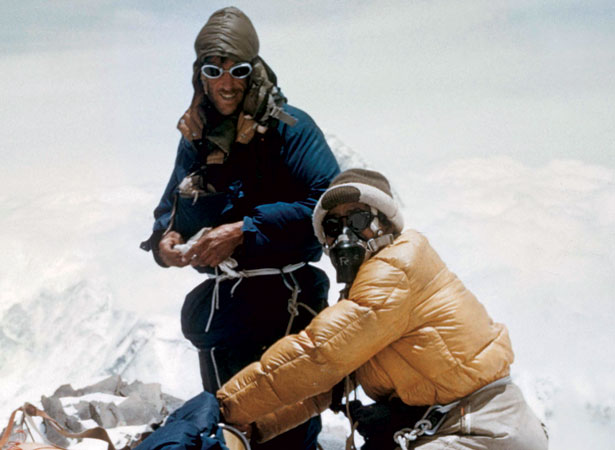Race to the top of the world: the story of the 1953 conquest of Everest

On May 29, 1953, the world watched in awe as Sir Edmund Hillary of New Zealand and Tenzing Norgay, a Sherpa from Nepal, became the first humans confirmed to reach the summit of Mount Everest—the highest point on Earth at 8,848 meters (29,029 feet) above sea level. Their triumph was not just a mountaineering feat—it was a moment of national pride, post-war healing, and human endurance. The story of the 1953 British Everest Expedition is a tale of ambition, hardship, teamwork, and history-making perseverance in the world’s most unforgiving environment.
The Call of the Mountain
Mount Everest, known as Sagarmatha in Nepal and Chomolungma in Tibet, had long been an object of fascination and fear. Since the early 20th century, Western climbers had attempted to summit the mountain, beginning with British expeditions in the 1920s. Legendary climbers like George Mallory, who famously said “Because it’s there,” died attempting the ascent.
By the 1950s, Everest remained one of the last great unconquered challenges of exploration. Britain, still emerging from the aftermath of World War II, saw a successful climb as an opportunity to restore national pride and scientific prestige.
The 1953 British Expedition
Led by Colonel John Hunt, the 1953 British Everest Expedition was meticulously planned, drawing from past failures and technological advances. The team included:
- Edmund Hillary, a tall, strong beekeeper from New Zealand with Himalayan experience.
- Tenzing Norgay, one of the most skilled and respected Sherpa climbers, who had attempted Everest before.
- Over 400 porters, 20 Sherpas, and tons of equipment, including oxygen systems, tents, and food for weeks of high-altitude survival.
The expedition was a massive logistical and physical challenge. The team established a series of camps, gradually ascending the mountain and acclimatizing to the extreme altitude.

The Final Push
After weeks of climbing and battling brutal conditions, the team reached Camp IX at around 8,500 meters. Two previous summit attempts had failed. Then, on the morning of May 29, 1953, Hillary and Tenzing began their final push.
The climb was treacherous. They faced deep snow, freezing winds, and thin oxygen. A key obstacle was the now-famous Hillary Step, a nearly vertical rock face just below the summit. With great difficulty, Hillary led the way up the step, and together with Tenzing, they reached the summit at 11:30 a.m. local time.
They spent about 15 minutes on the summit, taking photographs and burying small offerings (Tenzing a few sweets and a pencil belonging to his daughter). Hillary’s humble words upon returning were, “Well, George, we knocked the bastard off,” referring to fellow climber George Lowe.
Global Reaction and Royal Timing
News of the successful ascent was withheld for three days until June 2, 1953, to coincide with the coronation of Queen Elizabeth II—a strategic move that turned the conquest into a national celebration. Hillary was later knighted, and Tenzing received the George Medal, becoming an international hero.
The climb symbolized more than a physical victory. It was seen as:
- A triumph of international teamwork (a New Zealander and a Nepali on a British team).
- A symbol of human perseverance in a post-war world.
- A scientific and logistical achievement, showcasing the evolving capabilities of modern alpinism.
Legacy of the Climb
The 1953 expedition changed how the world viewed both mountaineering and the Himalayas:
- Edmund Hillary went on to devote much of his life to building schools, hospitals, and infrastructure in Nepal through the Himalayan Trust.
- Tenzing Norgay became a symbol of Sherpa pride and cultural identity, eventually founding the Himalayan Mountaineering Institute in Darjeeling.
- The ascent marked the beginning of “Everest fever”, with thousands of climbers now attempting the summit each year—though not without cost.
Despite debates over environmental damage and commercialization, the 1953 conquest remains a golden chapter in human exploration.

Conclusion
The 1953 ascent of Mount Everest was not just a story of two men standing on a mountaintop—it was the culmination of decades of dreams, failure, and resilience. Hillary and Tenzing’s achievement became a universal symbol of courage, cooperation, and the unyielding human spirit. As long as Everest stands tall, their story will continue to inspire climbers and dreamers alike to reach for new heights—both literal and metaphorical.




